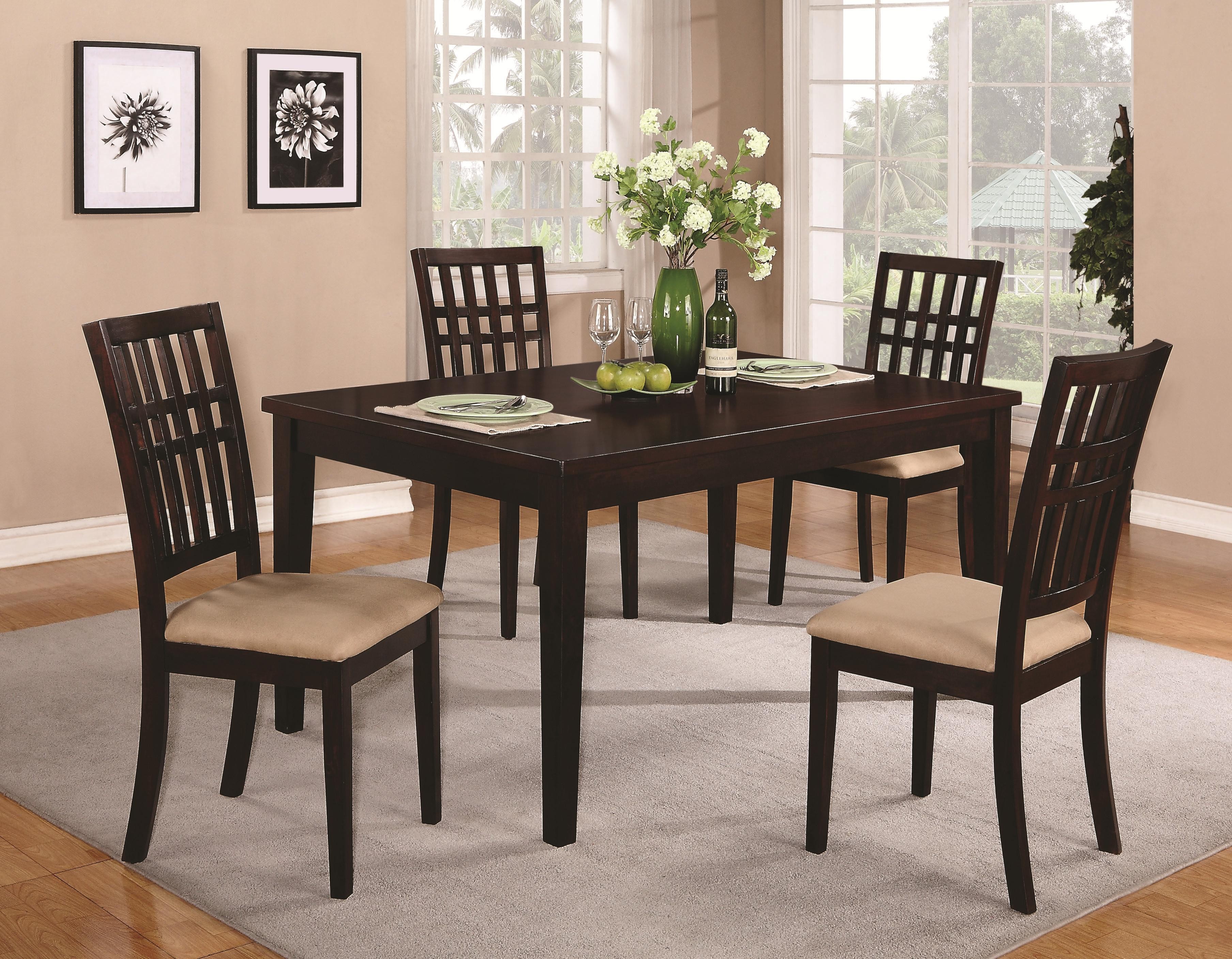Geothermal energy is a renewable energy source that is harnessed from the naturally occurring heat of the Earth. Geothermal energy is considered one of the most efficient and cost effective methods of both heating and cooling home designs. Unlike traditional heating and cooling systems which rely on fossil fuels to provide heat, geothermal systems use the Earth's naturally occurring thermal energy to heat and cool the home. As a result, geothermal heating and cooling systems can save home owners a great deal of money in energy costs. Geothermal heating and cooling systems are made up of two main components, a water loop system and a condensing unit. The water loop system captures geothermal energy from beneath the Earth's surface and circulates it through a series of interconnected pipes. This energy is then used to heat or cool the home depending on the desired temperature. The condensing unit then takes the heated or cooled air and circulates it through the home. The water loop system is generally buried several feet below the surface, and the condensing unit is usually installed on the exterior of the home. When installing a geothermal heating and cooling system, it is important to choose the right location for the water loop system, as well as a reliable service provider for the installation. If you are considering installing a geothermal system in your home design, it is important to understand the benefits and applications of this energy source.Geothermal Heating and Cooling for Home Designs
Geothermal energy is a renewable and cost effective energy source that provides a great deal of benefits to home designs and their occupants. Geothermal energy house designs are estimated to be up to 70% more efficient than traditional heating and cooling systems, making them an attractive option for home owners who want to save money on energy bills. Additionally, because the energy is largely provided by the Earth itself, geothermal systems are not subject to the fluctuations in cost associated with fossil fuels like oil or natural gas. Geothermal energy house design provides many other benefits as well. Geothermal systems are almost entirely maintenance free, resulting in a low operating cost. Additionally, because the system is largely driven by the Earth's naturally occurring thermal energy, it is non-polluting and does not contribute to global warming. Finally, geothermal systems are free from risks associated with combustion, such as carbon monoxide and fire. Geothermal house designs are also ideal for a variety of applications, from homes to small businesses.Geothermal Energy House Design: Benefits and Applications
When installing a geothermal heat pump system in your home design, it is important to choose the right system and components for the application. Geothermal heat pump systems are typically sized according to the energy needs of the home, and the size of the system should be determined by an experienced professional. Depending on the size and energy needs of the system, the geothermal system can be either an air-to-air heat pump system or a water-to-air heat pump system. Generally, air-to-air systems are appropriate for homes with relatively low energy needs, while water-to-air systems are better for homes with higher energy needs. It is also important to choose the right type of water loop for the system. Generally, closed loop systems are used for residential applications, while open loop systems are used for large commercial applications. Closed loop systems capture thermal energy from the Earth's water table, while open loop systems capture energy from surface water sources, such as lakes and rivers. Plugging into a reliable energy source is essential for geothermal heat pump system designs, and it is important to work with an experienced professional to ensure successful installation and operation of the system.Geothermal Heat Pump System Design: A Primer
Geothermal power heating is a cost-effective way to warm your home or business. Geothermal energy is harnessed from the natural heat of the Earth, and is then used to heat interior spaces in the home. Geothermal power heating systems are estimated to be up to 70% more efficient than traditional heating systems, resulting in significant savings on energy bills. Additionally, geothermal energy is considered a renewable energy source, making it an attractive option for those looking to reduce their carbon footprint. Geothermal power heating systems are generally installed as part of a home design, and the size and type of system should be determined by an experienced professional. It is important to choose the right type and size of system for the home in order to ensure efficient and cost effective operation. Generally, larger homes require larger systems, and it is important to factor in the energy needs of the home when sizing the system. Additionally, the location of the system is important, as it must be located close enough to the home in order to efficiently heat the interior spaces.Geothermal Power Heating for House Design
When designing a home with geothermal heating and cooling, it is important to consider the design principles and strategies associated with this type of energy system. Geothermal energy systems draw energy from the Earth and can be used to both heat and cool a home. Designing a home with geothermal energy in mind requires factoring in the energy needs of the home, as well as the size and type of system best suited for the home. Additionally, it is important to consider the location of the system, as well as the size of the water loop. When designing a home with geothermal energy in mind, it is important to consider both short and long-term energy needs. For example, it is important to consider how much energy the home will need in terms of heating and cooling, as well as whether or not the home has additional energy requirements, such as an energy storage system. By considering these factors, architects and engineers can ensure that the home design is optimized for geothermal energy and will result in energy savings for the homeowners.Design Principles and Strategies for Geothermal Home Heating and Cooling
Geothermal energy house designs provide many advantages to homeowners, including cost effectiveness, efficiency, and non-polluting energy. In order to take full advantage of geothermal energy for house designs, it is important to consider several key components. First, it is important to determine the size and type of system best suited for the home. Choosing the right system will ensure efficient operation and cost savings. Additionally, the location of the system, as well as the size and type of water loop used, must be decided. Finally, it is important to consider long-term energy needs and any additional energy requirements, such as an energy storage system. Understanding the design principles and strategies associated with geothermal energy can help architects, engineers, and homeowners make informed decisions when planning a home design. By working with an experienced professional and taking the time to properly consider the home and its energy needs, it is possible to design a home that is optimized for geothermal energy and provide substantial cost savings and energy efficiency.A Guide to Geothermal Energy House Design
Geothermal energy is often considered one of the most efficient and cost effective energy sources available for home designs. When installing geothermal energy for home designs, it is important to consider the cost of installation and the overall efficiency of the system. Geothermal energy is typically more efficient than traditional heating and cooling systems because it uses the Earth’s naturally occurring thermal energy to heat and cool the home. Additionally, the cost of installation for geothermal energy is often more economical than traditional systems. Additionally, the initial cost of geothermal energy can often be offset by the savings on energy bills. Geothermal energy systems are estimated to be up to 70% more efficient than traditional heating and cooling systems, resulting in significant savings on energy bills. When considering the cost and efficiency of geothermal energy for home design, it is important to factor in these savings over the long-term.Home Geothermal Energy Design: Cost and Efficiency
Geothermal energy is an increasingly popular energy source, and is an important consideration for home designs. Geothermal energy house designs provide a great deal of efficiency and cost savings, as well as a renewable energy source that does not contribute to climate change. By taking the time to understand the design principles and strategies associated with geothermal energy, architects, engineers, and homeowners can ensure their designs are optimized for geothermal energy and result in significant energy savings over the long-term. Geothermal energy is a valuable resource for home designs, providing a cost effective and renewable energy source. Understanding the components associated with geothermal energy systems, as well as the cost and efficiency of such systems, is essential for designing a home that is optimized for geothermal energy.Geothermal Energy: A Home Design Resource
Designing a home for zero energy requires taking multiple factors into account, including energy efficiency, renewable energy sources, and the type of system best suited for the home. Geothermal energy systems are an ideal choice for zero energy home designs, as they are both energy efficient and renewable. Geothermal energy is harnessed from the Earth's natural thermal energy, and is then used to both heat and cool the home. Additionally, geothermal systems are estimated to be up to 70% more efficient than traditional heating and cooling systems, making them a cost effective energy source. When designing a zero energy home with geothermal energy, it is important to choose the right size and type of system for the home. Additionally, the location of the system and the size of the water loop must be considered. By factoring in these components and understanding the design principles and strategies associated with geothermal energy, architects and engineers can design a home that is optimized for geothermal energy and ensures maximum efficiency.Geothermal Heating and Cooling for Zero Energy Home Design
Designing a home with geothermal energy in mind requires considering several key components, including size and type of geothermal energy system, and location and size of the water loop. Additionally, understanding the design principles and strategies associated with geothermal energy can help ensure the home is optimized for geothermal energy and results in long-term energy savings. When designing a home with geothermal energy, it is important to be aware of the following best practices:Geothermal Energy House Design: Best Practices
Designing a home for geothermal energy requires knowing the design principles and strategies associated with geothermal energy, as well as certain techniques and tips that can help ensure the home is optimized for geothermal energy. When choosing the right type and size of geothermal energy system, it is important to consider both short and long-term energy needs, as well as any additional energy requirements. Additionally, it is important to select the right location for the water loop system, as well as the size and type of loop to be used. It is also important to consider alternative solutions that may increase the efficiency of the system. For example, choosing an energy storage system, such as a battery bank, can store excess energy created by the geothermal system and provide additional energy savings. Additionally, heat recovery ventilation systems can provide a more efficient and cost effective way to cool and warm the home by transferring heat from one part of the house to another. Geothermal energy is a valuable resource for home designs, providing a cost effective and renewable energy source. By following certain techniques, tips, and strategies, architects, engineers, and homeowners can ensure their home designs are optimized for geothermal energy and result in significant energy savings.Geothermal Energy for Home Design: Techniques, Tips, and Techniques
Designing With Geothermal in Mind
 For many homeowners, designing a house that is reliant on geothermal energy is a priority. Geothermal energy is a source of renewable energy that is efficient, cost-effective, and environmentally-friendly in comparison to traditional modes of energy production. While the most important factors in house design are often functionality and aesthetics, integrating geothermal principles can be a great way to ensure that your home is energy-efficient and sustainable for years to come.
For many homeowners, designing a house that is reliant on geothermal energy is a priority. Geothermal energy is a source of renewable energy that is efficient, cost-effective, and environmentally-friendly in comparison to traditional modes of energy production. While the most important factors in house design are often functionality and aesthetics, integrating geothermal principles can be a great way to ensure that your home is energy-efficient and sustainable for years to come.
Weight the Pros and Cons of a Geothermal System
 Before committing to a
geothermal energy house design
, it’s important to weigh the pros and cons of a geothermal energy system. In terms of advantages, geothermal energy is a consistent and clean source of energy that is renewable. Depending on the geology of your area, geothermal energy is available almost everywhere and can be utilized by almost anyone living in a compatible area. Geothermal energy also has one of the best energy conversion ratios available, making it incredibly efficient and cost-effective in the long-term.
On the other hand, one of the main drawbacks to a geothermal energy system is the amount of money and time required for installation. A geothermal heating and cooling system must be installed by a qualified contractor and is not a cheap investment on initial installation. Additionally, geothermal energy systems produce a strong odor that can be difficult to deal with if not properly managed.
Before committing to a
geothermal energy house design
, it’s important to weigh the pros and cons of a geothermal energy system. In terms of advantages, geothermal energy is a consistent and clean source of energy that is renewable. Depending on the geology of your area, geothermal energy is available almost everywhere and can be utilized by almost anyone living in a compatible area. Geothermal energy also has one of the best energy conversion ratios available, making it incredibly efficient and cost-effective in the long-term.
On the other hand, one of the main drawbacks to a geothermal energy system is the amount of money and time required for installation. A geothermal heating and cooling system must be installed by a qualified contractor and is not a cheap investment on initial installation. Additionally, geothermal energy systems produce a strong odor that can be difficult to deal with if not properly managed.
Incorporate Geothermal Into Your Design
 Once you’ve weighed the
advantages and disadvantages of a geothermal system
, it can be beneficial to incorporate these principles into your house design. During construction, it is possible to integrate a geothermal energy system into other existing systems like water heating and electricity. Doing this allows you to save money by using multiple components of the geothermal energy system for multiple tasks. Additionally, adding water collection systems or solar panels can be great ways to supplement your geothermal energy system and provide additional energy throughout the year.
As a homeowner, designing a house with a geothermal energy system can have numerous benefits and be a rewarding experience. Taking the time to properly look into the advantages and drawbacks of such a system and incorporating energy-efficient principles into your design can make a home more sustainable and efficient for years to come.
Once you’ve weighed the
advantages and disadvantages of a geothermal system
, it can be beneficial to incorporate these principles into your house design. During construction, it is possible to integrate a geothermal energy system into other existing systems like water heating and electricity. Doing this allows you to save money by using multiple components of the geothermal energy system for multiple tasks. Additionally, adding water collection systems or solar panels can be great ways to supplement your geothermal energy system and provide additional energy throughout the year.
As a homeowner, designing a house with a geothermal energy system can have numerous benefits and be a rewarding experience. Taking the time to properly look into the advantages and drawbacks of such a system and incorporating energy-efficient principles into your design can make a home more sustainable and efficient for years to come.


















































